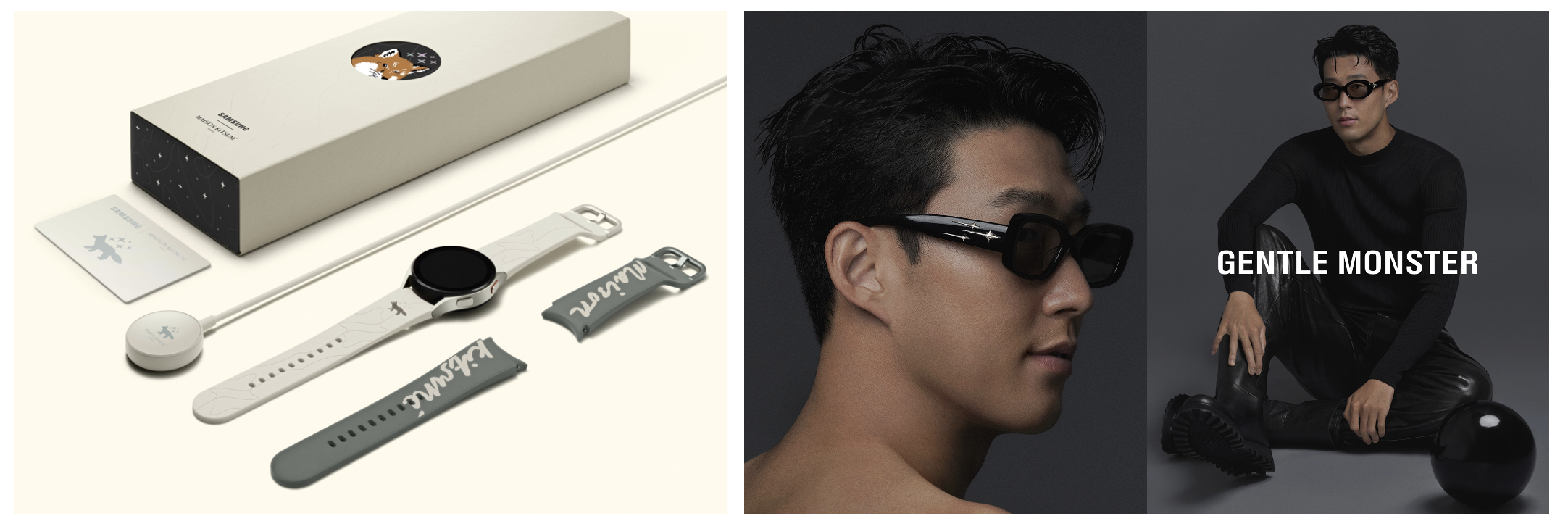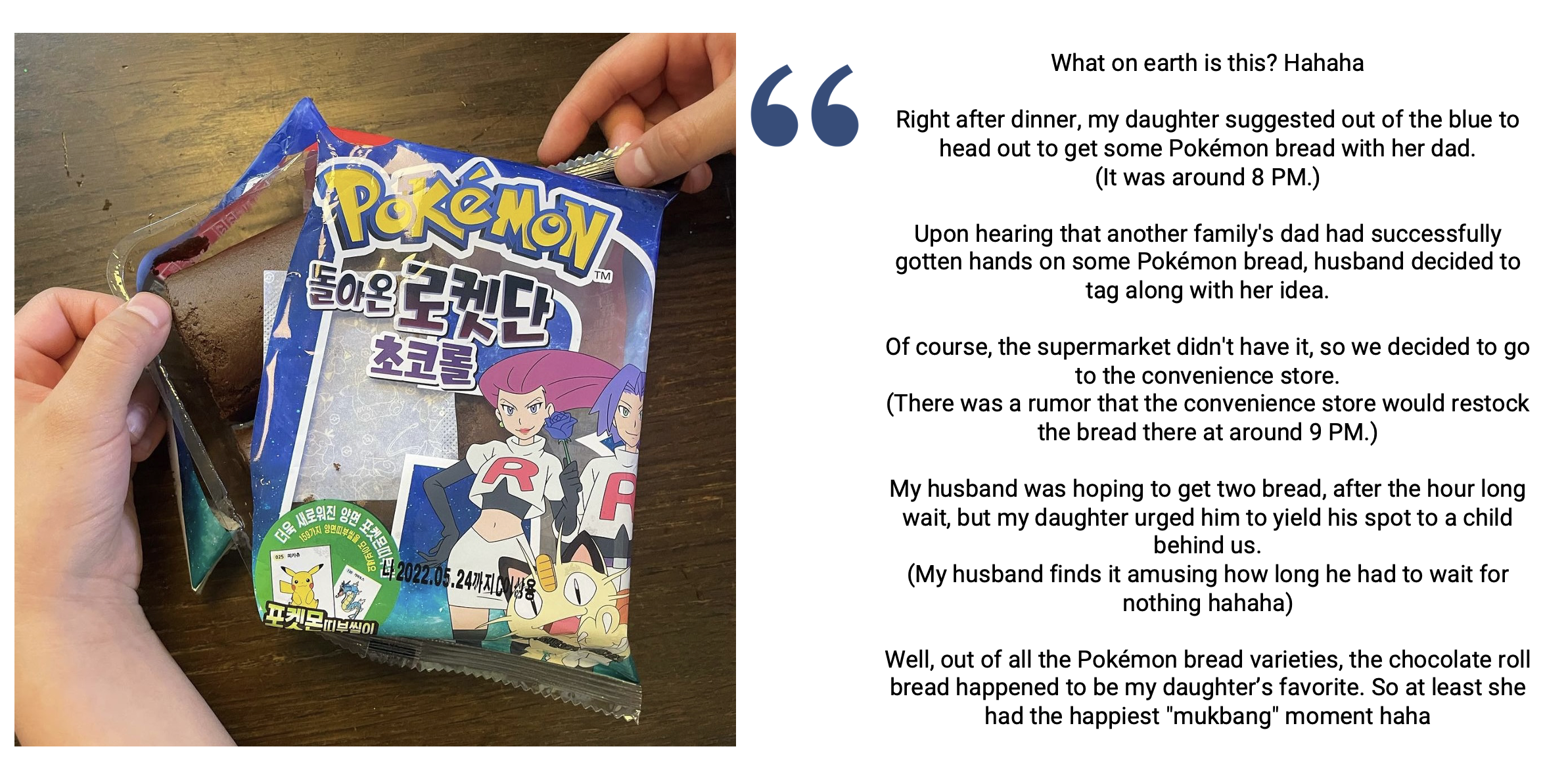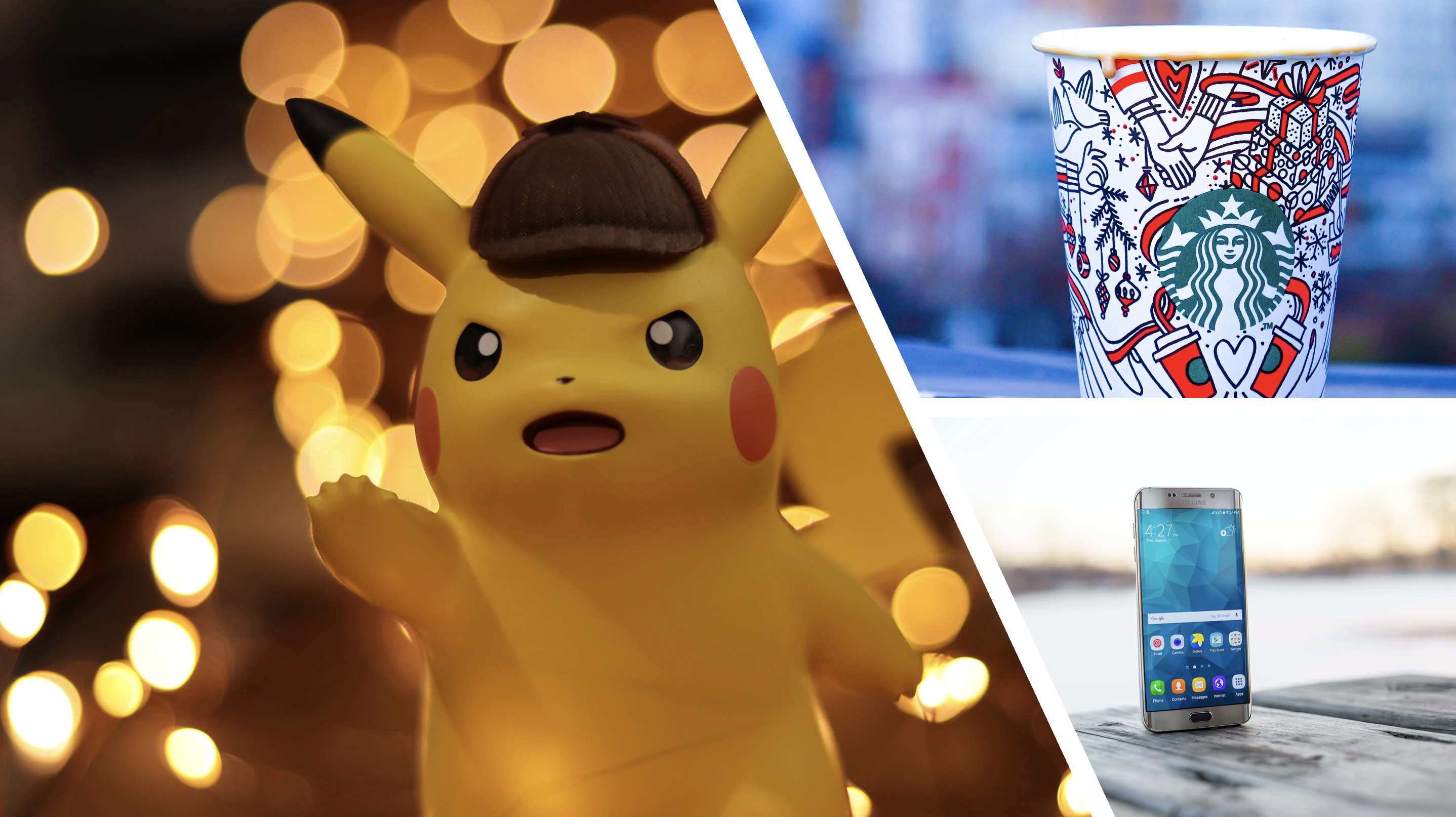In the bustling world of South Korean consumer culture, co-branding has become an exciting way for brands to stand out and connect with their consumers. While not a new concept, it gained significant momentum in 2020. With companies struggling economically, they forged partnerships to create more value together. From Kpop stars teaming up with brands to beloved characters enhancing everyday products, co-branding in South Korea are deeply ingrained in daily life. It’s not only about the products but the unforgettable experiences, shared excitement, and the culture that thrives on staying informed.
Download our full Korea Consumer Trends report

Co-branding is integrated into the pop culture of consumers
Collaborating with Kpop idols is not new. In 2023, Oreo launched two limited-edition biscuit boxes with Kpop group BLACKPINK, attracting fans in Korea and other countries in the Asia Pacific. Starbucks also offered limited edition black and pink beverages and merchandise. While brands from the South Korea F&B market do collaborate a lot, it’s not unique to the market. BC Card, a financial services company, released credit cards that involved the members in the design process, while MapleStory, an online game developed by Wizet, had special BLACKPINK Label items sold in its Cash Shop for its users.

In addition to celebrities, co-branding in South Korea involve cute characters, who have become so common that they are found in many everyday objects. Leading Japanese character-based company Sanrio’s characters have been trending among young adults. In response to the growing love for them, brands incorporated the characters into many everyday items, ranging from coffee – often referred to as an “unofficial national drink” – to electronic items people use for hours every day. Some examples of brands include coffee chain shop EDIYA COFFEE, cosmetics brand rom&nd, and electronics giant Samsung.

Olive Young (center), rom&nd-Sanroi, and kbench.com (right), Samsung-Sanrio
Collaborations go beyond just BTS and Blackpink
While brands do collaborate with many Kpop groups and cute characters, there are other forms of collaborations common in South Korea. Some major ones involve brands from different industries, fictional characters, and celebrities. Brands often collaborate with those in other industries to complement their offerings. Samsung Electronics, for example, partnered with lifestyle brand Maison Kitsuné to release limited-edition wearable devices with the iconic fox logo.
Brands also work with notable figures including models, entertainers, and athletes in the creation of products and services. In 2022, sunglasses and optical glasses brand GENTLE MONSTER teamed up with soccer player Son Heung Min to launch the BOLD COLLECTION campaign and launch a collection inspired by the Son.

Expanding brand reach and changing brand image through collaborations
Co-branding in South Korea is crucial and sometimes even necessary. To begin with, it allows brands to reach new consumers. South Korean consumers tend to be trend-sensitive. They observe what celebrities and individuals in their community buy and consume. In many cases, they even buy them – not necessarily only because the brand and product are appealing but because everyone else has them. Although consumers outside of Korea may not be as sensitive to trends, Korean culture has spread, reaching consumers around the world.
Furthermore, brands can adopt aspects from their collaborative partner. This is particularly relevant for brands who seek a more youthful image. For example, older Koreans making more “youthful” fashion choices that deviate from the styles typically associated with their age in the past. This has encouraged co-branding for a “younger” brand image.
Collaborations also can help raise a brand’s perceived value. While consumers may not be loyal to brands, they do value the name of the brand. Therefore, when smaller, unknown brands collaborate with bigger, well-renowned brands, the awareness and even the value of the former can grow substantially.
With great collaborations comes great experiences
The MZ Generation has shown continuous interest in co-branding in South Korea. Although the product themselves are new and unique, they have been attracted by the experiences that they can derive from them. Compared to older generations, they value fun and unique experiences over products themselves. In response, brands have collaborated with other brands, celebrities, or other parties to provide the desired experiences and sometimes even better ones.
Value beyond products through fun and unique experiences
South Korea’s MZ Generation are known as “funsumers”. They seek products that provide a fun experience and share their consumption experiences with others. In 2022, Korean food company SPC Samlip brought back their Pokémon breads, which came with collectable Pokémon stickers, after being suspended in 2006. Within the first two weeks of its launch in 2022, over 3.5 million units were sold, sparking a frenzy among consumers of all age groups. The MZ Generation were as enthusiastic as children. At some point, even BTS leader RM went to 8 different convenience stores and shared with his fans that he had fun.

More shareable experiences, more social currency of “flex” and “Gotcha power”
Many South Koreans share their consumption experiences with others. They do it in-person or through messages or Instagram posts and stories. Therefore, co-branding in South Korea that encourage them to “flex” (프렉스) or demonstrate their “Gotcha Power” (득템력) can inspire them to go the extra mile for collaborative products and experiences.
This culture places great importance on sharing one’s possessions and achievements. They often display their wealth and material items as a form of “flex”. Additionally, they showcase their “Gotcha Power.” This refers to the ability to obtain hard-to-get products, not necessarily due to financial constraints, but because of factors like limited availability or time constraints. Aside from motives related to “showing off,” individuals also share their consumption experiences as a form of self-expression, to foster connections, or to initiate conversations.
A successful co-branding case in South Korea: Going for a ride to Barbie world in South Korea
With the release of the new Barbie film in 2023, brands worldwide were eager to capitalize on its popularity and reach out to Barbie fans. Instead of simply viewing Barbie as a character in a movie, businesses in South Korea are taking part in the creation of a real-life “Barbie world”. Brands are launching lifestyle products, ranging from cosmetics such as Banila Co to footwear such as Crocs and Suecomma Bonnie, with the aim of building a real-life Barbie experience, especially among young women.

While the movie Barbie was much awaited, South Korean consumers were more excited they could experience a real-life Barbie world. To bring this experience to life, dessert café Royal Melting Club collaborated with Barbie to open a pop-up store in Seoul. Initially scheduled from July 1st to July 31st, its success led to an extension until August 15th. Visitors could enjoy cute drinks and pastries, immerse themselves into Barbie scenes at special photo spots, and buy all sorts of Barbie merchandise.

Unsuccessful co-branding: From minimal impact to negative impact
While not always intended, co-branding in South Korea can sometimes fail for apparent reasons. For example, they cause potential or actual harm and confusion. One such case involved convenience store CU partnering with shoe polish brand Malpyo to launch chocolate in a shoe polish case. While there were positive reviews, a major concern arose among consumers: the possibility of children mistaking real shoe polish for snacks or harmful substances, particularly because the collaborating products are too very unrelated products.

Moreover, while some co-branding efforts may be truly unique and intriguing, their impact can remain limited due to insufficient marketing efforts. Many Korean consumers tend to chase after trending brands rather than being loyal to brands. Therefore, if a co-branding effort fails to generate a significant online or offline presence, it may go largely unnoticed.
Despite the increased use of smartphones and access to any brand website or information, it’s still important for brands to leverage marketing efforts. Major platforms favored by Koreans include YouTube, Instagram, and Naver. The content can vary, from celebrity YouTube videos to influencer-created short-form videos and blogs.
Co-branding in South Korea: Turning the common into exceptional
- Co-branding started to gain momentum again in South Korea during Covid-19. Brands were involved in cross-industry collaborations to overcome economic challenges and bring added value.
- These collaborations span industries, from Kpop idols partnering with brands to beloved character designs added to everyday products. For example, Samsung, one of the leading South Korean chaebols has jointly launched products with Maison Kitsuné and Sanrio’s characters.
- They help brands tap into new customer segments not only in South Korea but abroad, and they can change or enhance brand image, among other benefits.
- South Korea’s MZ Generation prioritizes unique experiences, making co-branding offering more than just products highly appealing.





